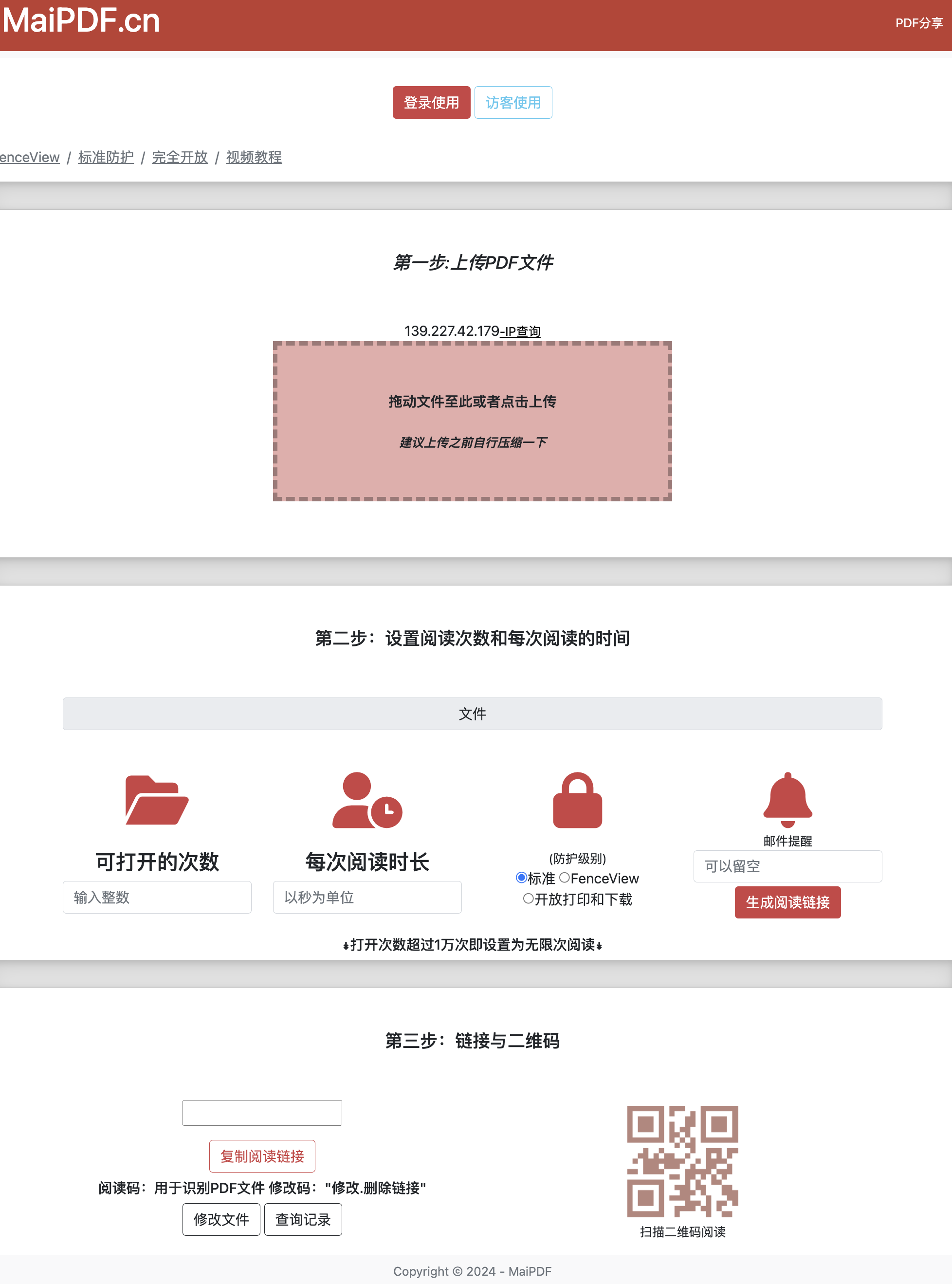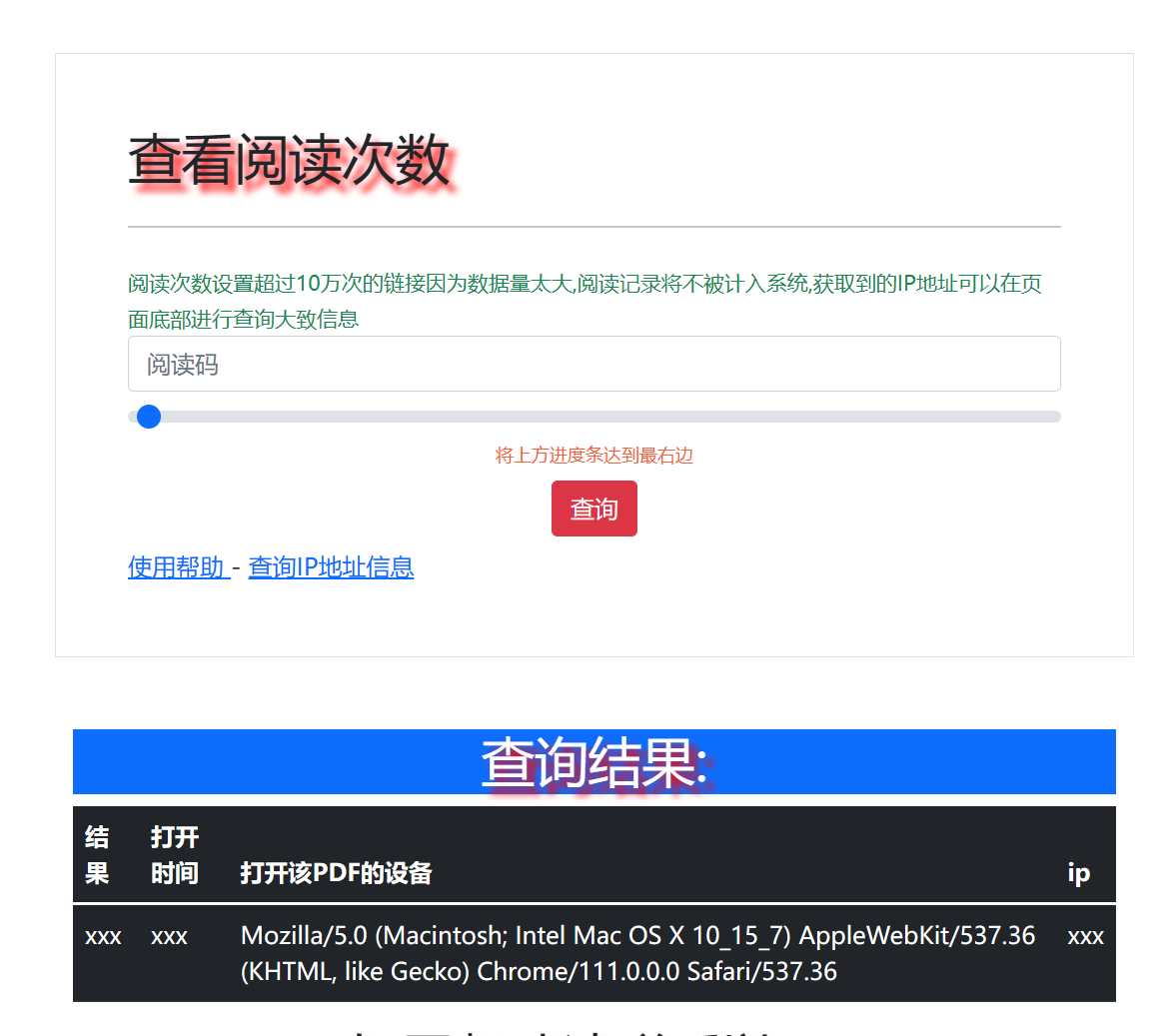Why PDF Sharing Matters
In today's digital world, sharing PDF documents efficiently and securely is essential for businesses and individuals alike.
Whether you're sending contracts, reports, portfolios, or educational materials, choosing the right method can make all the difference in protecting your information while ensuring recipients can access it easily.
This guide explores the most effective ways to send PDF files, comparing traditional methods with modern secure alternatives like MaiPDF.

PDF Sharing Methods Compared
Find the best option for your specific needs
| Method | Security | Size Limits | Tracking | Convenience | Best For |
|---|---|---|---|---|---|
| Email Attachment | Usually 10-25MB max | None | Quick, informal sharing | ||
| Cloud Storage (Google Drive, Dropbox) | Large files (2-100GB+) | Basic | Collaborative projects | ||
| File Transfer Services (WeTransfer) | Up to 2GB (free) | Basic | One-time large file transfers | ||
| MaiPDF Secure Links | Up to 100MB | Advanced (views, time, device) | Sensitive documents requiring security | ||
| Messaging Apps (WhatsApp, Telegram) | Usually 100MB or less | None | Casual sharing with contacts |
PDF Sharing Methods in Detail
Understanding the pros and cons of each approach
Email Attachments
The traditional method of sending PDFs directly through email.
Advantages:
- Universal - everyone has email
- Simple and straightforward
- No additional accounts needed
Limitations:
- Size restrictions (typically 10-25MB)
- No control after sending
- Limited security features
- No tracking capabilities
Cloud Storage Services
Using platforms like Google Drive, Dropbox, or OneDrive to share PDF files.
Advantages:
- Handle large files easily
- Permission controls for access
- Integration with other services
- Collaboration features
Limitations:
- Requires recipient to have or create an account (sometimes)
- Limited advanced security features
- Storage limits on free accounts
- Basic tracking capabilities
MaiPDF Secure Links
The modern, secure way to share PDF documents with advanced controls.
Advantages:
- Advanced security features (passwords, expiration dates)
- Detailed tracking and analytics
- Control access even after sending
- Dynamic watermarking for leak protection
- No recipient account required
- Mobile-friendly with QR code options
Limitations:
- File size limits on free plan
- Recipients need internet access to view
Best Practices for PDF Sharing
Tips to ensure your documents are shared securely and effectively
Password Protection
Always password-protect sensitive documents, and share the password through a different channel than the document itself.
Optimize File Size
Compress your PDFs before sharing to improve upload/download speeds and avoid email attachment limits.
Control Access
Use platforms that let you revoke access, set expiration dates, or limit the number of views or downloads.
Consider Watermarks
Add watermarks to confidential documents to discourage unauthorized sharing and track the source of leaks.
Verify Recipients
Double-check recipient email addresses or usernames before sending sensitive documents to avoid data breaches.
Use Secure Links
When possible, share secure links to documents rather than the documents themselves for better control and tracking.
Experience the Most Secure Way to Share PDFs
Try MaiPDF today and discover the perfect balance of security, convenience, and control.
Get Started with MaiPDF